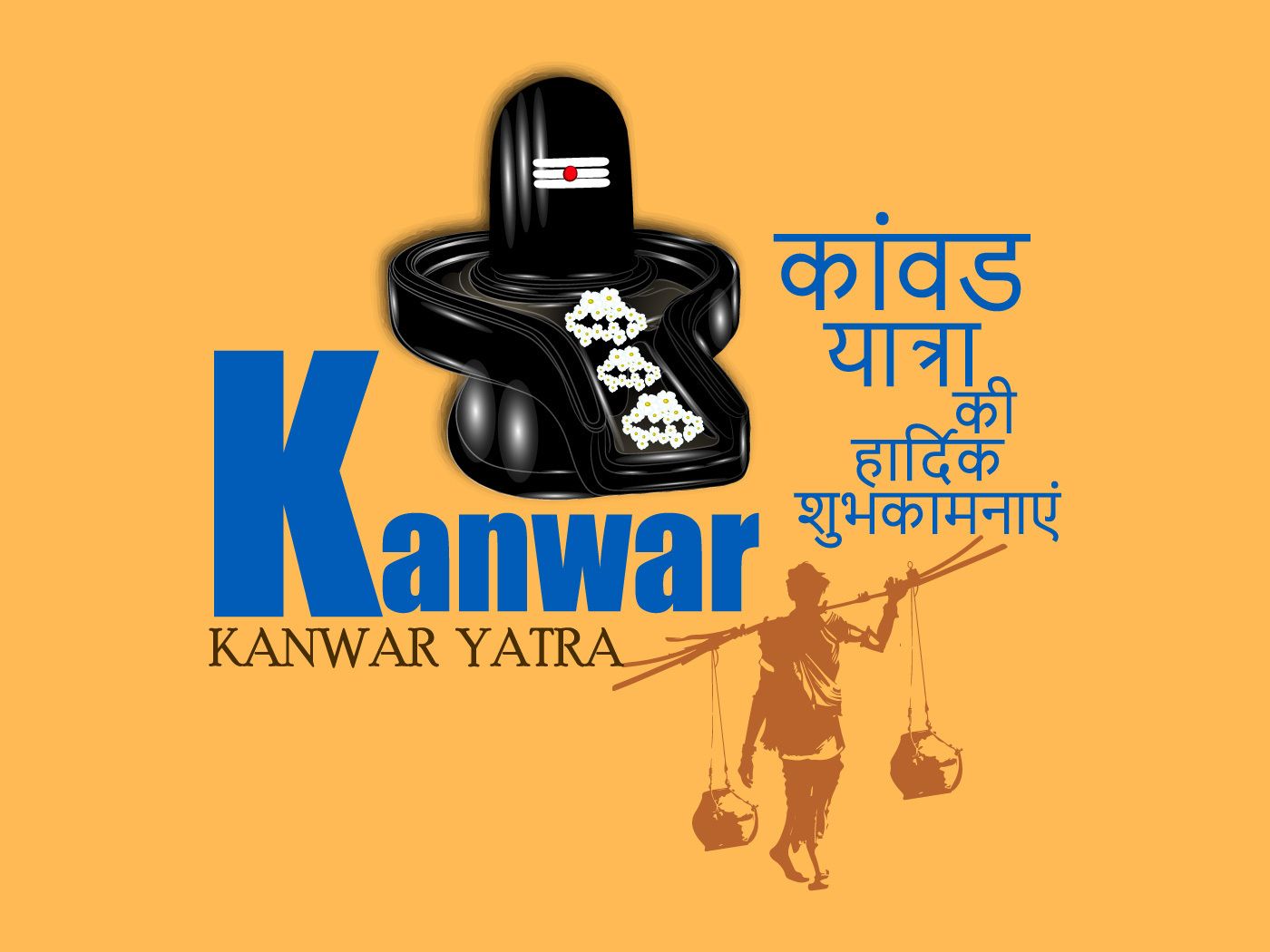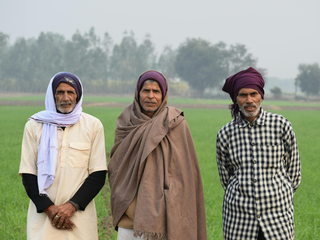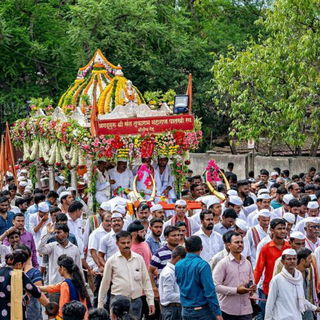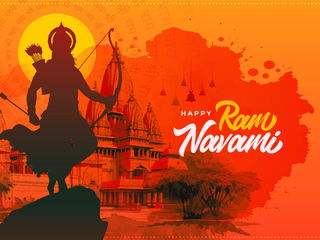- Calendar
- Calendar 2026
- July
- Kanwar Yatra
Kanwar Yatra
Celebrated in the early days of the holy month of Shravan in the Hindu Calendar, Kanwar Yatra is a grand pilgrimage dedicated to Lord Shiva every year.
Observed with immense devotion it typically falls in July or August on the Gregorian calendar.
Simply known as Kanwar, the yatra in 2025 will begin on July 11 and holds special significance due to the rare occurrence of Adhik Shravan, featuring two Sawan Shivratris that double the season’s spiritual energy and devotion.
The word “Kanwar” comes from the Sanskrit word kānvānrathi, and Yatra means journey or procession. This tradition is deeply rooted in devotion and is followed across many parts of India.
History of Kanwar Yatra
The Kanwar Yatra is connected to the legendary event of Samudra Manthan, or the churning of the ocean, a tale found in ancient Hindu scriptures.
During this cosmic event, gods and demons worked together to churn the ocean in search of amrita, the nectar of immortality.
However, before the divine nectar emerged, a lethal poison called Halahala rose from the depths, its scorching heat and noxious fumes endangering all forms of life.
To shield the universe from destruction, Lord Shiva performed a mighty act of self-sacrifice by drinking the deadly Halahala poison.
Though his divine power safeguarded all creation, the venom’s fierce energy began to affect him from within.
To contain its effects, he held the poison in his throat, which turned blue from the toxic impact. This is why Lord Shiva is also known as Neelkanth, meaning “the blue-throated one.”
In the era of Treta Yuga, it is believed that Lord Rama, a devoted follower of Shiva, took a significant step to relieve Shiva’s suffering.
He fetched sacred Ganga water using a kanwar, a bamboo pole with water pots hanging from either end, and carried it on his shoulders.
Rama then offered the holy water at Puramahadev Temple, helping purify Shiva and ease the poison’s effects.
Lord Shiva’s selfless sacrifice became the spiritual cornerstone of the Kanwar Yatra.
During this period, millions of Kanwariyas, who are devoted followers of Shiva, participate in this sacred pilgrimage annually.
Carrying sacred Ganga water in decorated kanwars, they travel great distances on foot to offer it at Shiva temples across India.
This journey reflects unwavering devotion, heartfelt gratitude, and a profound bond with the divine.
Kanwar Yatra in Recent Years
- 2018: the Kanwar Yatra was linked to several acts of unrest and property damage in parts of NCR and Uttar Pradesh, prompting the Supreme Court to strongly denounce the disruptions.
- 2020: At the height of the COVID-19 outbreak in India, Yatra was completely canceled out of caution.
- 2021: Because of continuing health issues, Uttarakhand canceled the pilgrimage, but Uttar Pradesh decided to go ahead, prompting the Supreme Court to step in on its own.
Bol Bam Yatra
Bol-Bam refers to a series of deeply spiritual pilgrimages and festivals observed in India and Nepal, honoring Lord Shiva.
These rituals typically take place during the sacred month of Shravan, aligning with the monsoon season.
Devotees, known as Kanwariyas or Shiv Bhakts, collect holy water, usually from the Ganges or its tributaries, and journey barefoot while dressed in saffron robes.
Carrying the water in urns balanced on decorated kanwars, they cover a distance of about 105 kilometers on foot, often accompanied by family, friends, or community members.
Celebrations and Observations
During the holy month of Shravan, which holds special significance for devotees of Lord Shiva, many observe fasts on Mondays and engage in spiritual practices.
This month also overlaps with Chaturmas, a four-month period dedicated to prayer, penance, and religious journeys.
As part of these traditions, thousands of Shiva devotees, known as Kanwariyas, set out on pilgrimages to collect sacred water from the Ganges at places like Haridwar, Gangotri, Gaumukh, and Sultanganj, where the river uniquely flows northward.
Once they gather the water, they return to their local or major Shiva temples to perform Abhishek, a ritual of pouring the holy water over the Shivalinga.
While most pilgrims walk the entire distance barefoot, others use bicycles, motorcycles, or small vehicles to complete the journey.
Along the routes, various Hindu groups and local organizations provide rest stops offering free meals, shelter, medical aid, and places to hang the Kanwars carrying the Ganga water.
One of the most significant destinations during this period is Deoghar in Jharkhand.
The town hosts the grand Shravani Mela, where thousands of pilgrims travel on foot from Sultanganj to the Baidyanath Temple to offer the sacred water to Lord Shiva.
Once a modest practice involving a few saints and wealthy devotees, this pilgrimage has grown into a major religious event, drawing massive crowds each year.
Recommended Articles

Other Celebrations
-
Feb 01 Sun
-
Mar 31 TueMahavir Jayanti Holiday
-
Apr 24 Fri
-
Jul 25 Sat
-
Aug 11 Tue
-
Aug 28 Fri

Kanwar Yatra - Next years
Monday, 19 July 2027
Friday, 07 July 2028
Thursday, 26 July 2029











